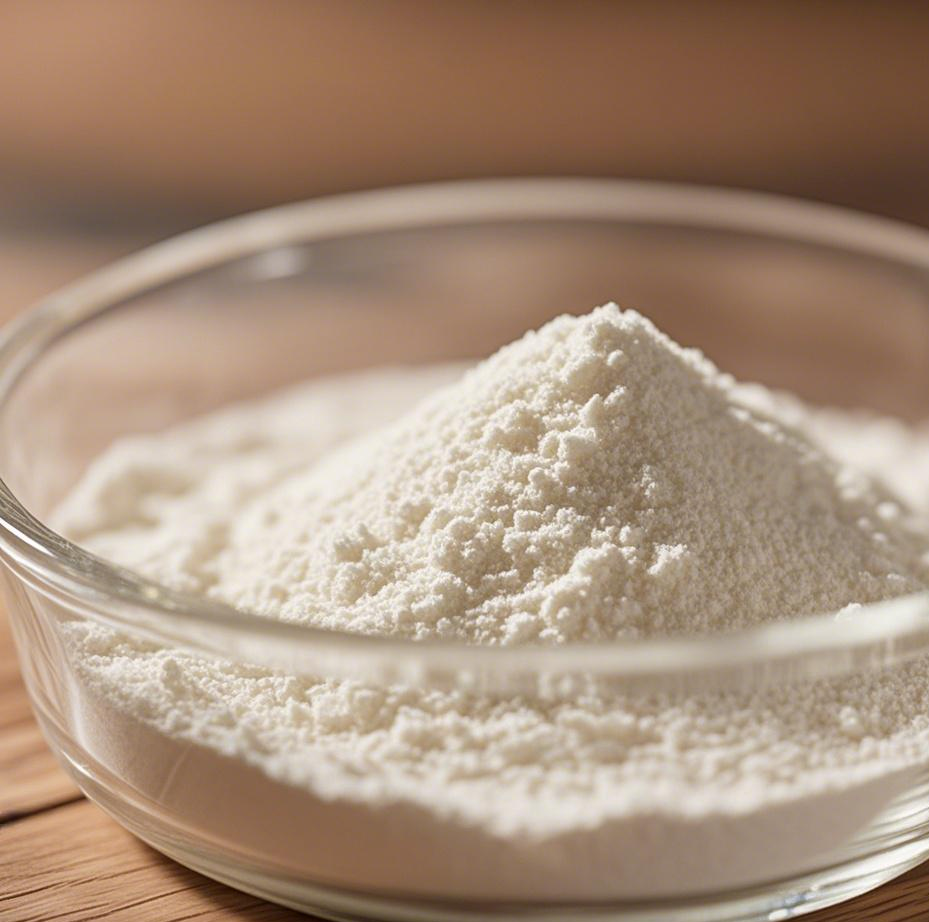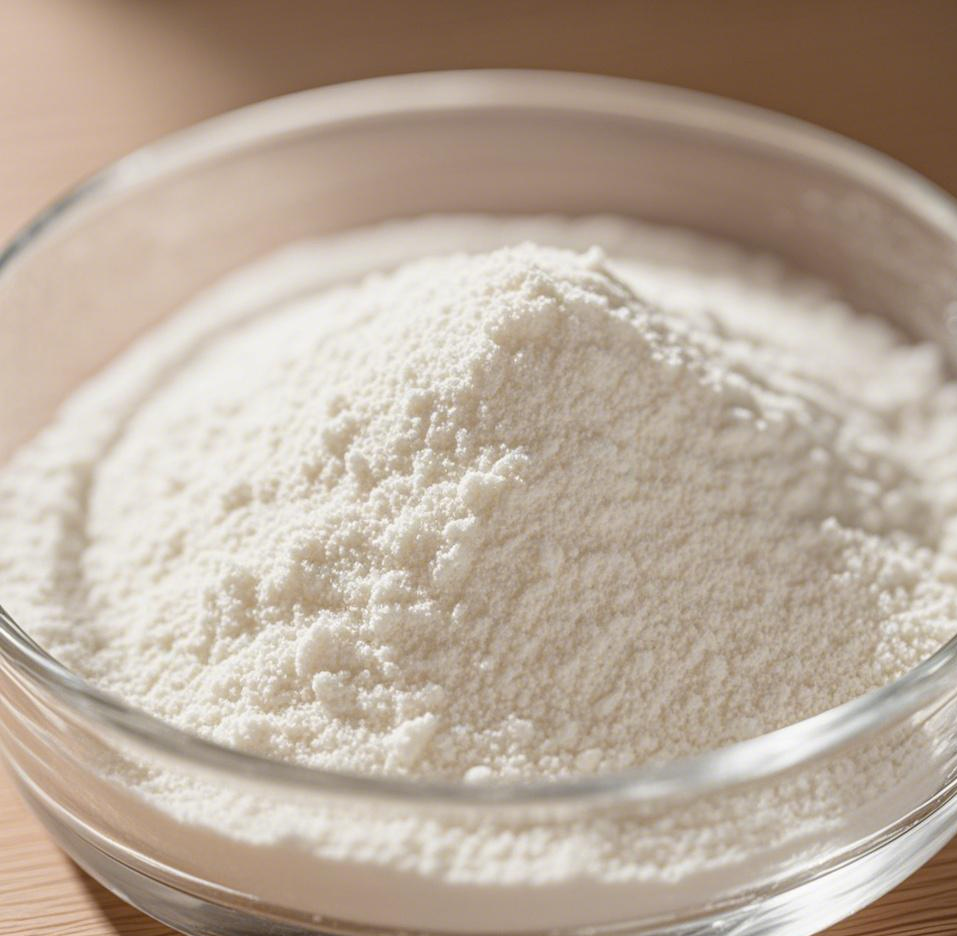manioc maltodextrin
Manioc maltodextrin is a versatile carbohydrate ingredient derived from cassava root through enzymatic hydrolysis. This white, slightly sweet powder serves as a crucial component in numerous food and pharmaceutical applications. With its neutral taste profile and excellent solubility characteristics, manioc maltodextrin functions as an effective bulking agent, texture modifier, and carrier material. The product exhibits varying degrees of dextrose equivalency (DE), typically ranging from 3 to 20, which determines its functionality and application scope. Its molecular structure consists of D-glucose units connected by alpha-1,4 and alpha-1,6 glycosidic bonds, providing unique technological properties. Manioc maltodextrin demonstrates exceptional stability in both dry and liquid systems, making it invaluable for various industrial applications. The ingredient serves as an excellent energy source while contributing minimal sweetness, allowing manufacturers to achieve desired textural properties without significantly impacting the product's flavor profile. Its superior film-forming capabilities and ability to enhance mouthfeel have made it a preferred choice in food processing, particularly in instant foods, beverages, and dairy products.


